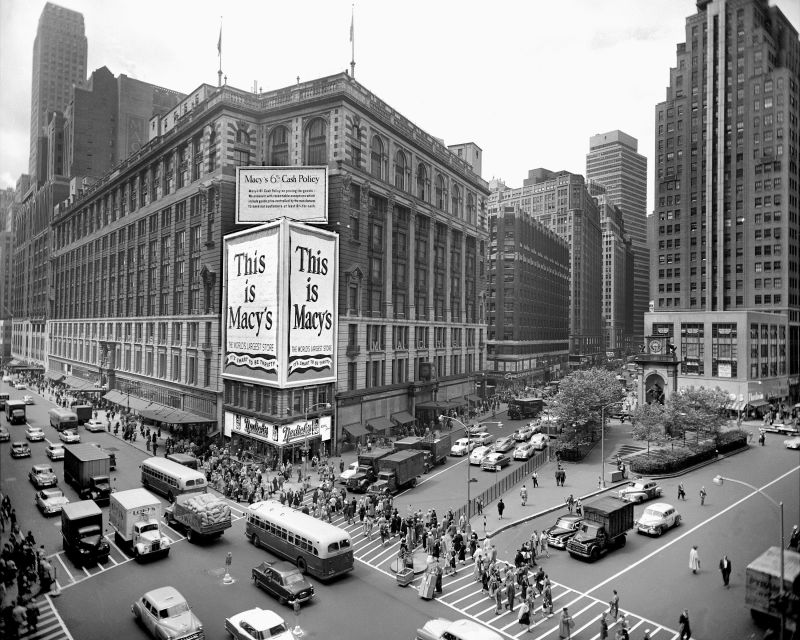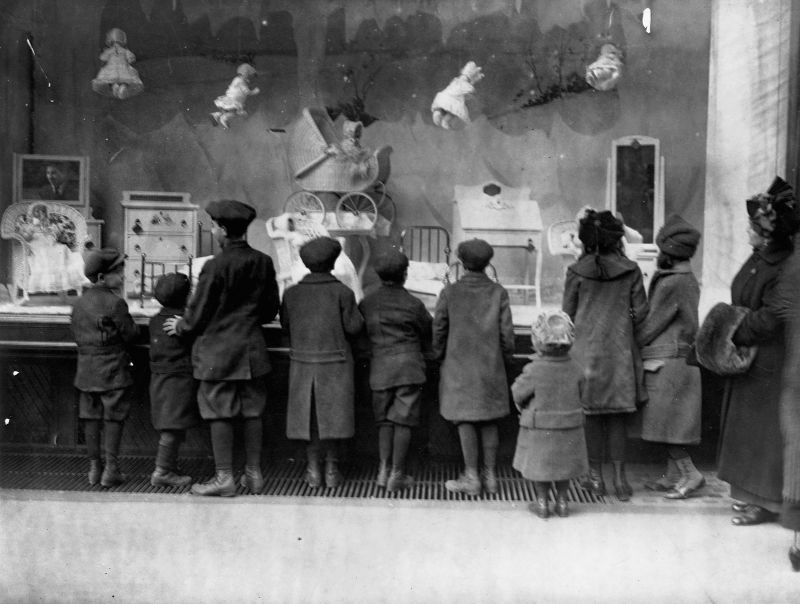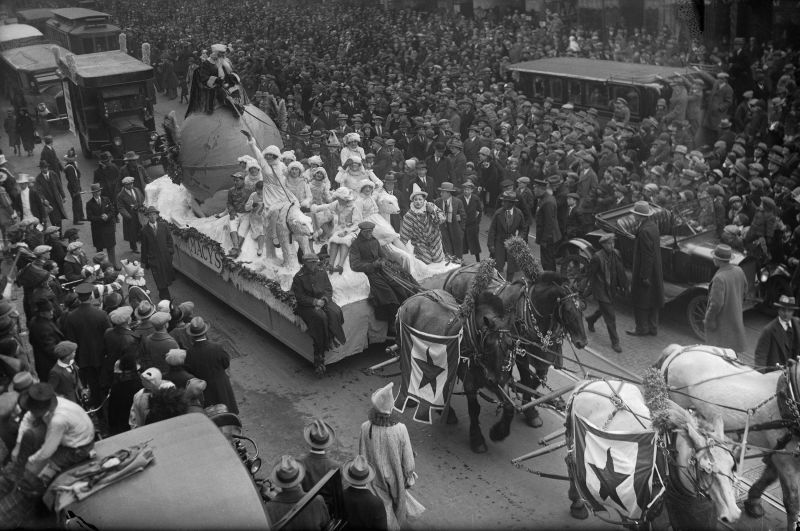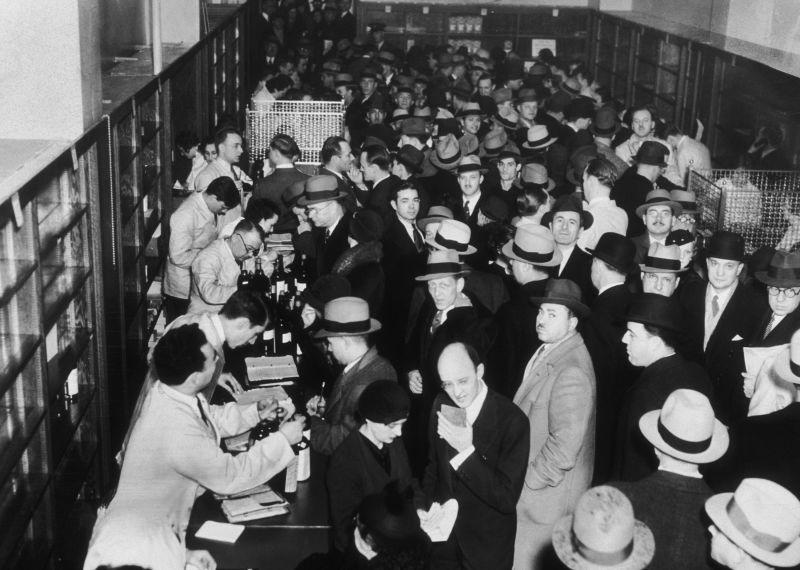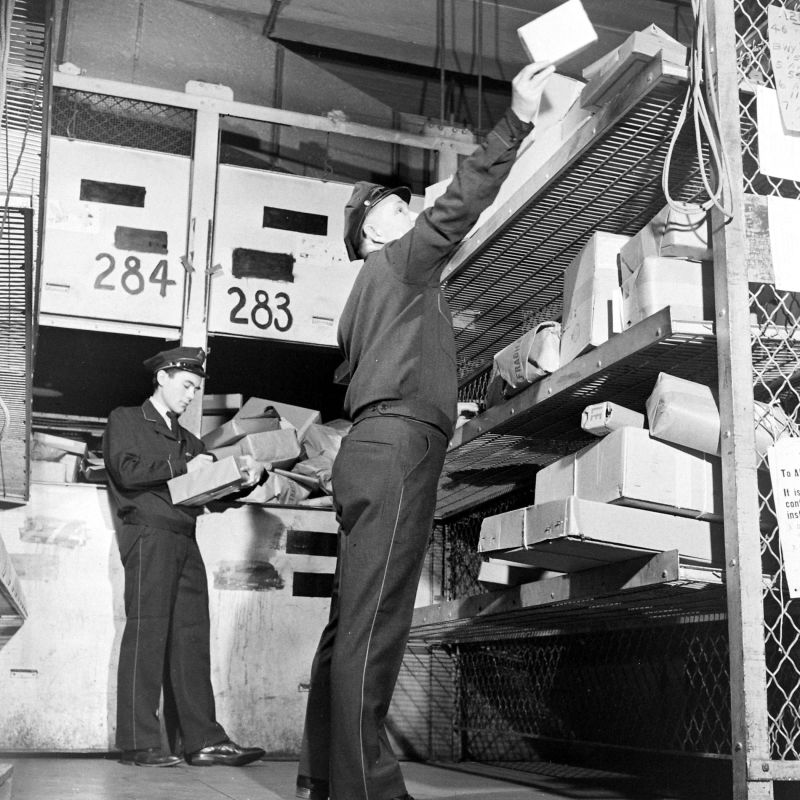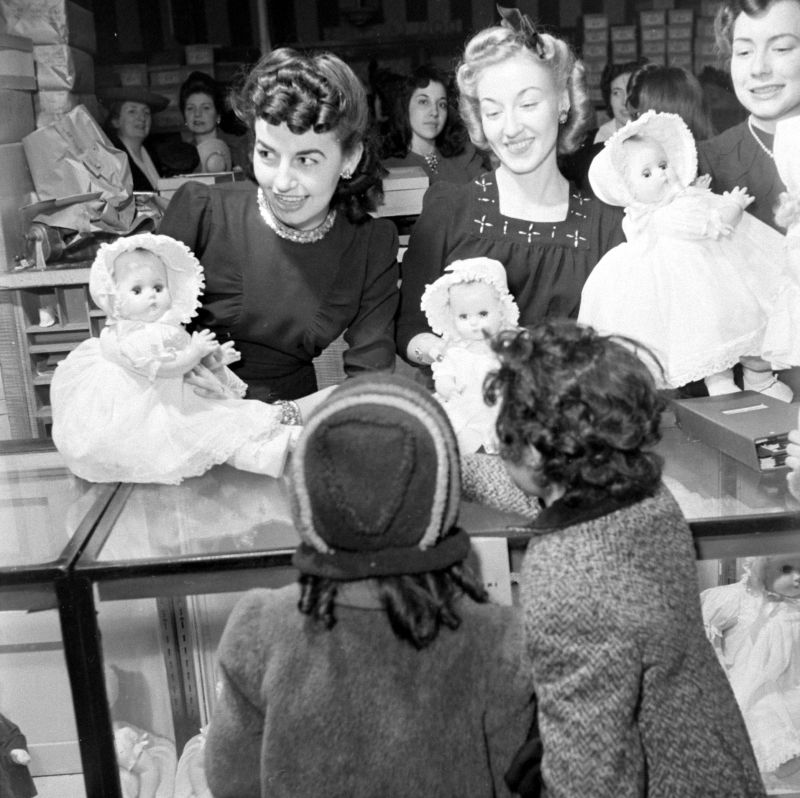
Macy's Layoffs and Store Closures: The Changing Landscape of Retail

Macy's, the veteran department-store chain, is making significant changes as it navigates the challenges of the online shopping era. The company is laying off employees and closing stores in an effort to streamline its operations and adapt to the evolving retail landscape.
Macy's Layoffs and Store Closures
Macy's is laying off about 3.5% of its workforce, approximately 2,350 employees, and closing five stores as part of a strategic shift to align with the changing consumer and marketplace demands. The decision to reduce the workforce by 3.5% reflects Macy's commitment to becoming a more streamlined company in the online shopping era. The Wall Street Journal first reported the news, highlighting the significant impact of these changes on Macy's retail business.
Macy's flagship department store is seen in New York City's Herald Square in 1955.
Retailers often resort to laying off employees and closing stores after the holidays, especially following sluggish sales seasons. However, despite a potentially challenging sales season, Americans' spending increased at a faster rate in December, according to the Commerce Department. These contrasting trends underscore the complex dynamics at play in the retail industry and the need for companies like Macy's to adapt to evolving consumer behaviors and preferences.
The first Macy's store, on New York's Sixth Avenue, is seen circa 1880.
The history of Macy's is deeply intertwined with the evolution of retail and consumer culture. From its first store in 1858 to the iconic Macy's Thanksgiving Day Parade, Macy's has been a symbol of the holiday season and a prominent player in the retail landscape. The company's decision to restructure its workforce and store operations marks a new chapter in its long and storied history, reflecting the ongoing transformation of the retail industry.
The front cover of a Macy's catalog in 1890.
Challenges and Strategies
Macy's has faced numerous challenges in recent years, including rising competition and a shift in consumer preferences away from department stores. In response, the company has pursued various strategies to revitalize its business, such as introducing new brands and experimenting with smaller store formats. Despite these efforts, Macy's has struggled to reverse its downward trajectory, as evidenced by a significant decline in its stock price and the closure of nearly 300 stores.
Children in New York look at a Christmas window display at Macy's that featured dolls, baby carriages and miniature furniture.
The proposal to take Macy's private by a group of investors further underscores the vulnerability of the company in the current retail landscape. While Macy's has not commented on this activist attempt, it reflects the intense pressure and scrutiny faced by traditional retailers as they navigate the challenges of e-commerce and changing consumer behaviors. The company's attempts to adapt to these challenges have not yielded the desired results, leading to a critical juncture in its long-standing history.
Santa Claus rides a float pulled by a team of horses during the Macy's Thanksgiving Day Parade in 1925. The parade made its debut in 1924.
The evolving strategies and initiatives undertaken by Macy's reflect the broader transformation of the retail industry. As Macy's grapples with the impact of online shopping and shifting consumer preferences, its experiences serve as a microcosm of the larger forces shaping the retail landscape. The company's journey to revitalize its business and navigate the digital age encapsulates the complex interplay of tradition and innovation in the retail sector.
Crowds of shoppers buy liquor at a Macy's in New York after the 21st Amendment ended prohibition in 1933.
The Future of Macy's
As Macy's embarks on a new phase of restructuring and adaptation, the future of the iconic department-store chain remains uncertain. With a rich history dating back to 1858 and a significant presence in the retail industry, Macy's stands at a pivotal moment in its evolution. The decisions to downsize its workforce, close stores, and grapple with activist proposals reflect the profound changes underway within the company.
Workers sort parcels at a Macy's store circa 1942.
The impact of Macy's transformation extends beyond its individual operations, offering insights into the broader shifts occurring in retail. The company's efforts to navigate the digital age and respond to changing consumer dynamics serve as a barometer for the challenges and opportunities facing traditional retailers. Macy's journey to redefine its role in the retail ecosystem mirrors the larger narrative of adaptation and innovation in an ever-evolving industry.
Women show dolls to children at a Macy's store around Christmas in 1942.
As the retail landscape continues to evolve, Macy's remains a symbol of resilience and transformation. The company's ability to navigate the complexities of the online shopping era while honoring its rich legacy speaks to the enduring spirit of innovation and reinvention. The future of Macy's is a testament to the dynamic interplay of tradition and adaptation, reflecting the ongoing saga of change and evolution in the world of retail.
Shoppers crowd a Macy's in New York in 1946.
